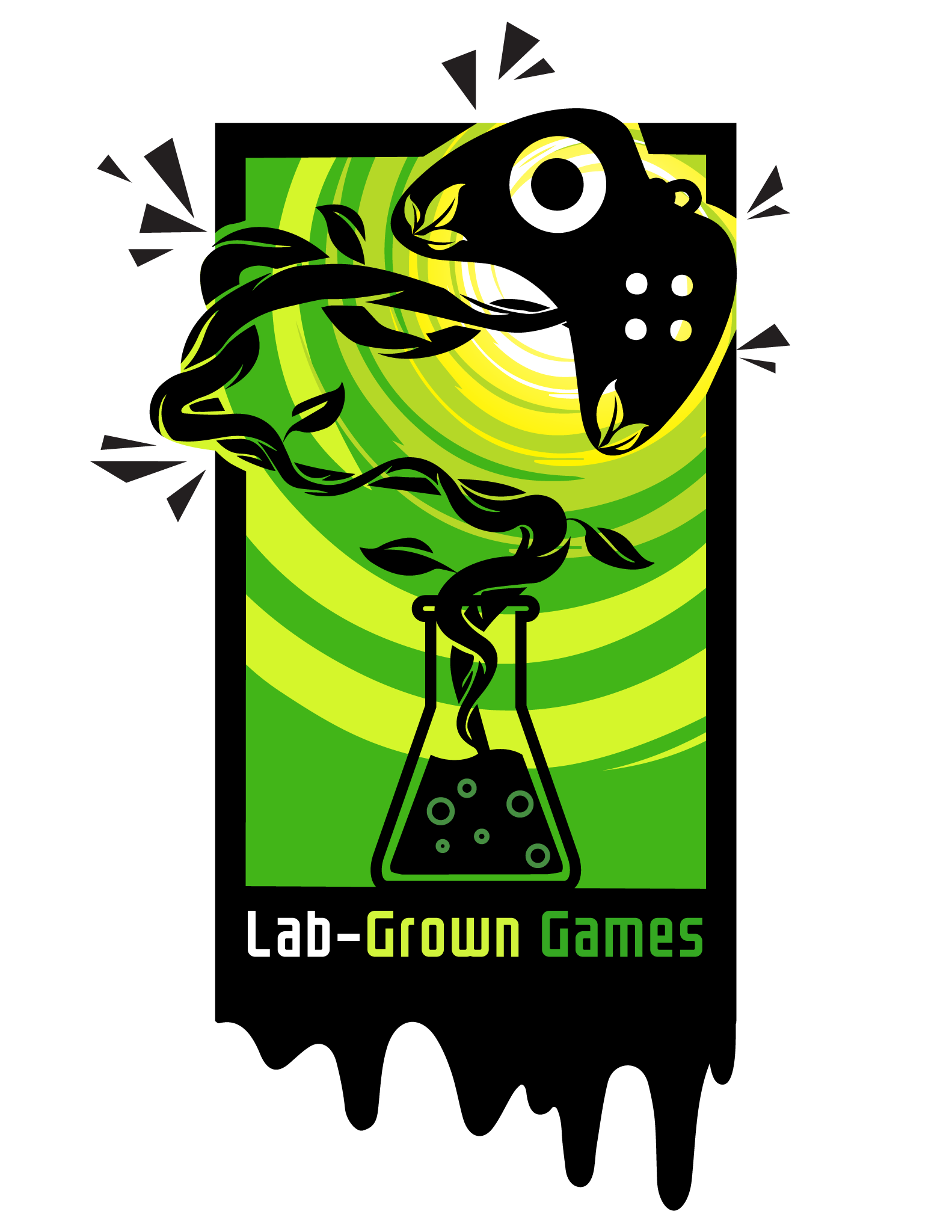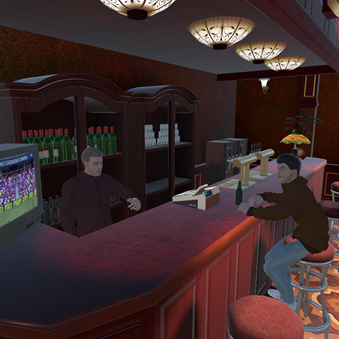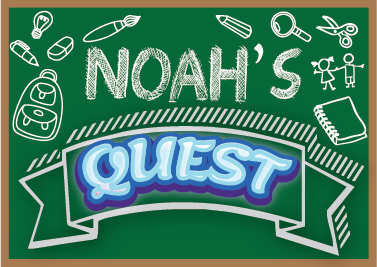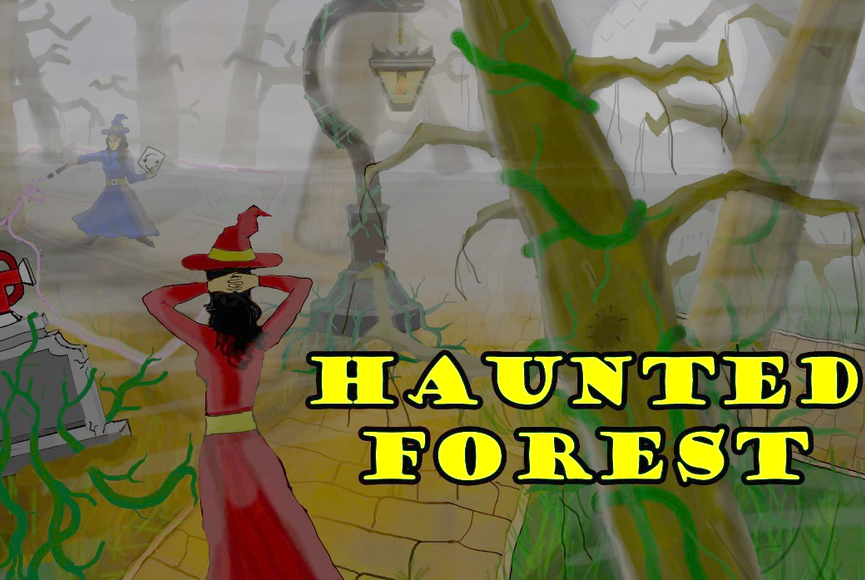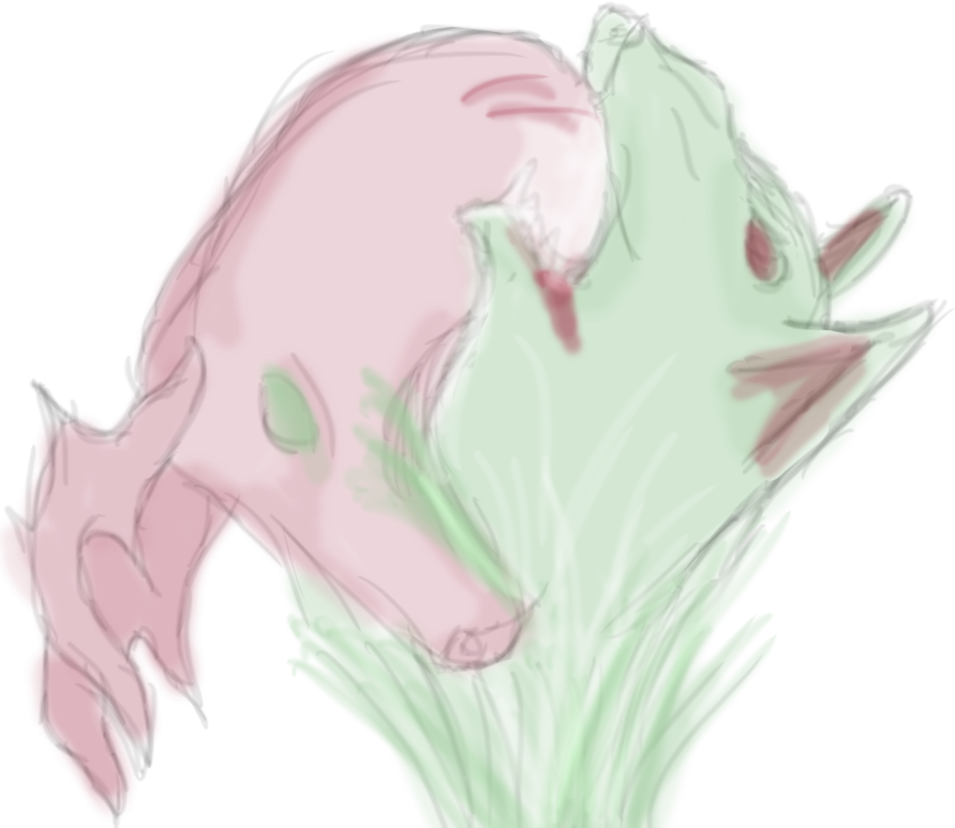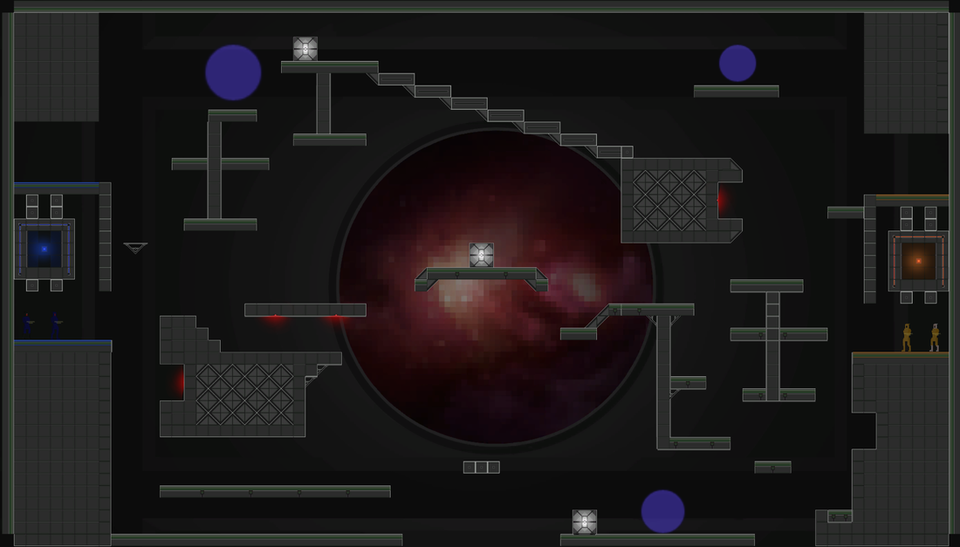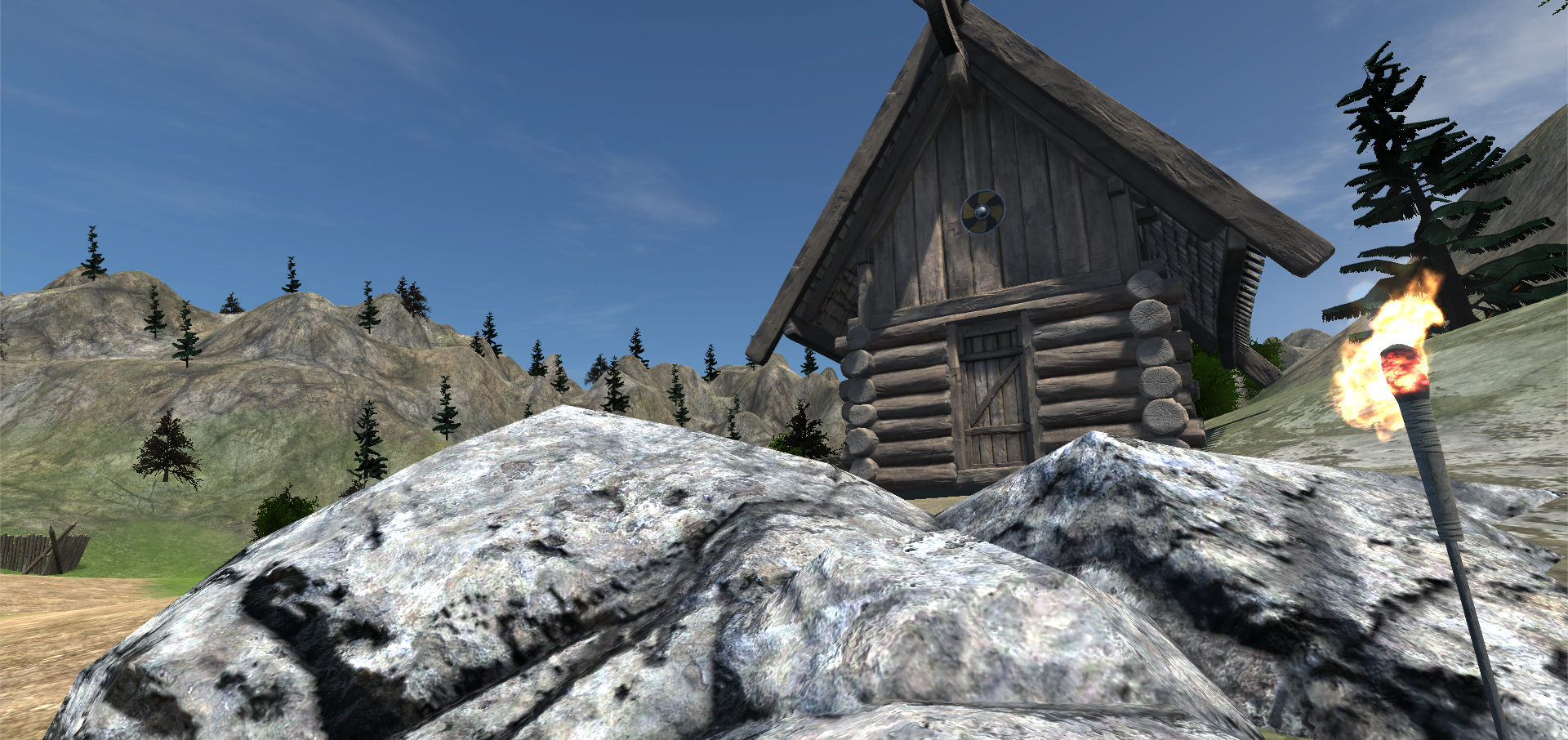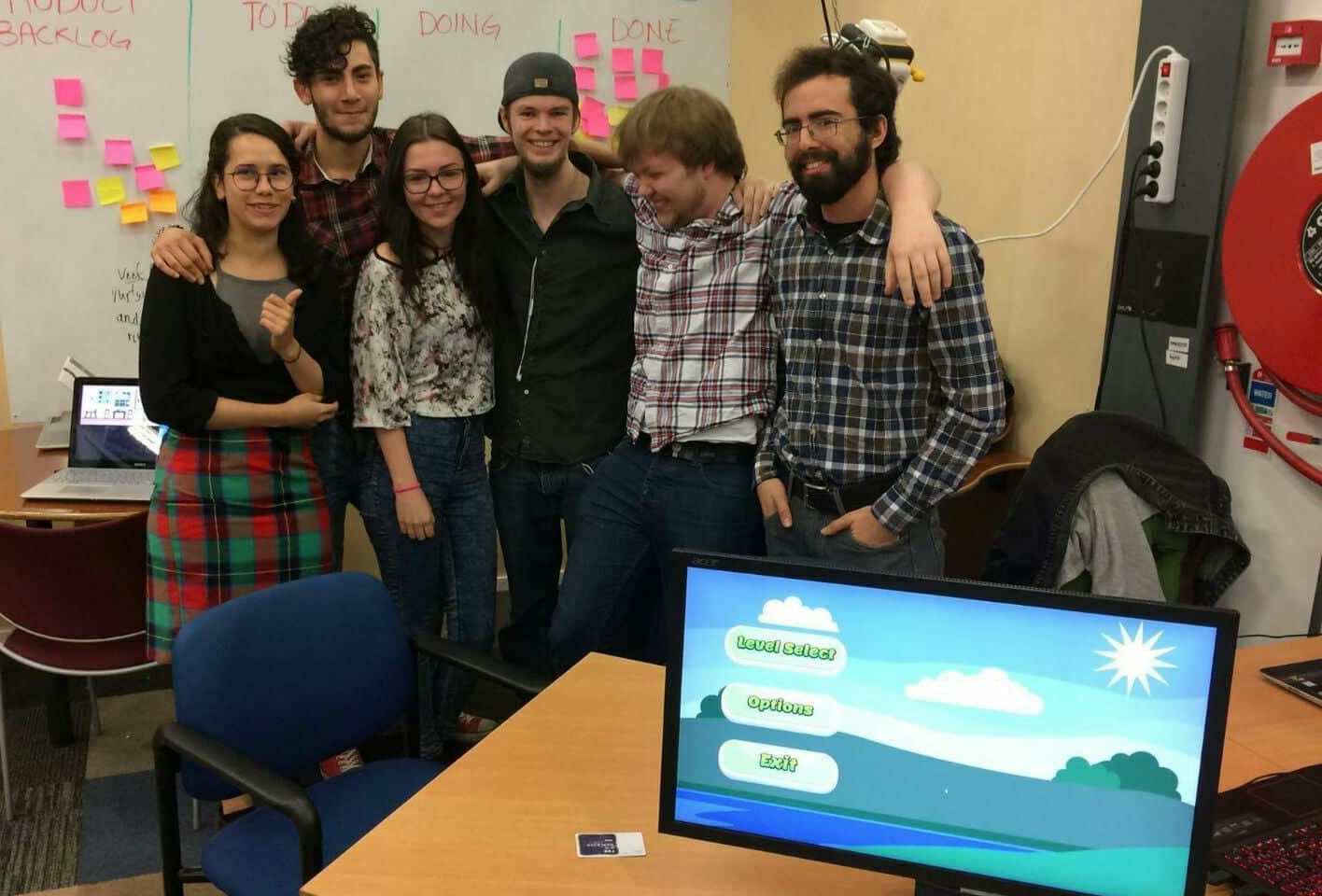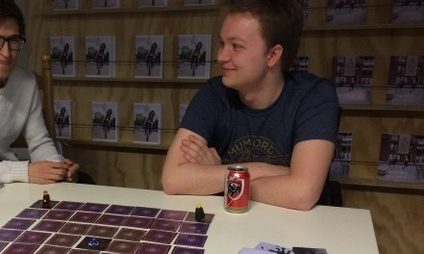Projects
Graduation project – Ambulance care
A simulation designed to show verbal and non-verbal communication of NPC’s
Serious Game – Noah’s Quest
A game designed to accompany Sova-training homework.
Card Game – Haunted Forest
4 Player Card Game
Vr game – Project Sõzo
A virtual reality experience
Global Game Jam 2017 – Distress!
Multiplayer Stealth Shooter
Practice – Unity Terrain
Creating levels in Unity
Blender adventures
Learning 3D modeling skills
Graduation Ambulance care
I designed and developed a VR training prototype for ambulance personnel to practice handling disruptive bystanders during emergencies. NPCs can act within and react to their environment, interacting with the player using verbal and non-verbal communication, and displaying emotions such as panic, frustration, and friendliness to create believable, scenario-driven encounters.
While I was the sole creator of the prototype, I consulted regularly with the target audience and my project coach. The project followed a rapid prototyping approach, with frequent evaluation cycles to test functionality, believability, and player experience. Findings from each cycle directly informed design changes, improving NPC behavior, communication clarity, and immersion. Two distinct prototype versions were defined and evaluated during development to measure progress and validate design decisions.
Serious game
Noah’s Quest
Noah’s Quest was a game prototype designed to help children with ASD (autism spectrum disorder) complete homework assignments assigned by therapists.
Description
The game follows a boy named Noah as he navigates primary school life, building relationships with classmates and solving puzzles along the way.
Each level corresponds to a single week’s homework based on the Sova training protocol. While only the first exercise was fully implemented in the prototype, we created content for three exercises in total.
Midway through the project, our programmer became seriously ill. As a team, we decided to focus on polishing existing content—adding elements like voice acting—instead of introducing new features or chapters.
My role
I worked as a designer, with primary responsibility for the game’s dialogue. Since the game had to be in Dutch and I was the only Dutch-speaking designer on the team, I handled all in-game writing.
This was especially challenging as it was my first time writing for a children’s audience.
My background in Applied Psychology also made me the team’s lead for contacting the target audience and testing the game. I conducted playtests with children and gathered valuable feedback from both the kids and their parents. This collaboration was a highlight of the project and an amazing learning experience.
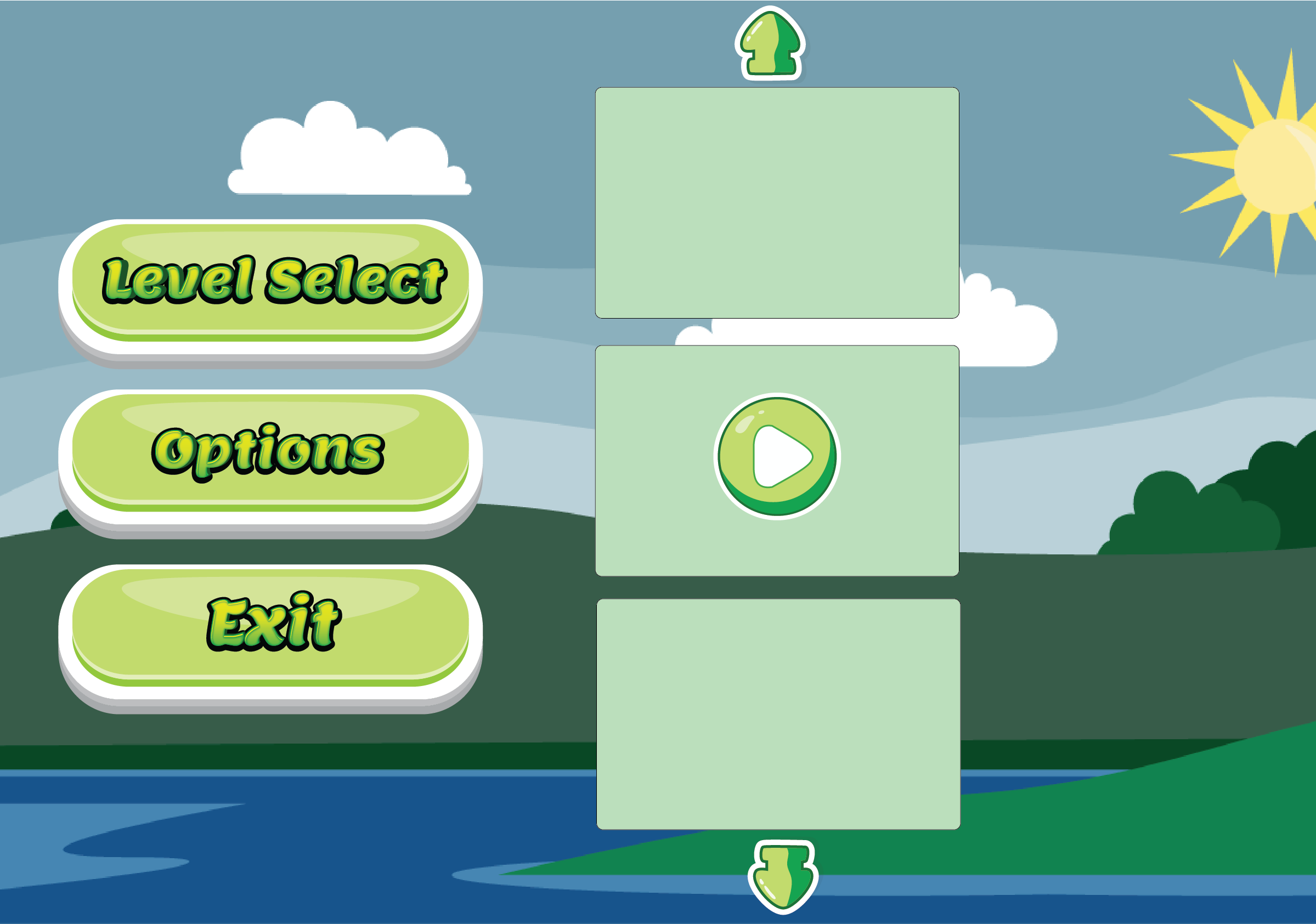
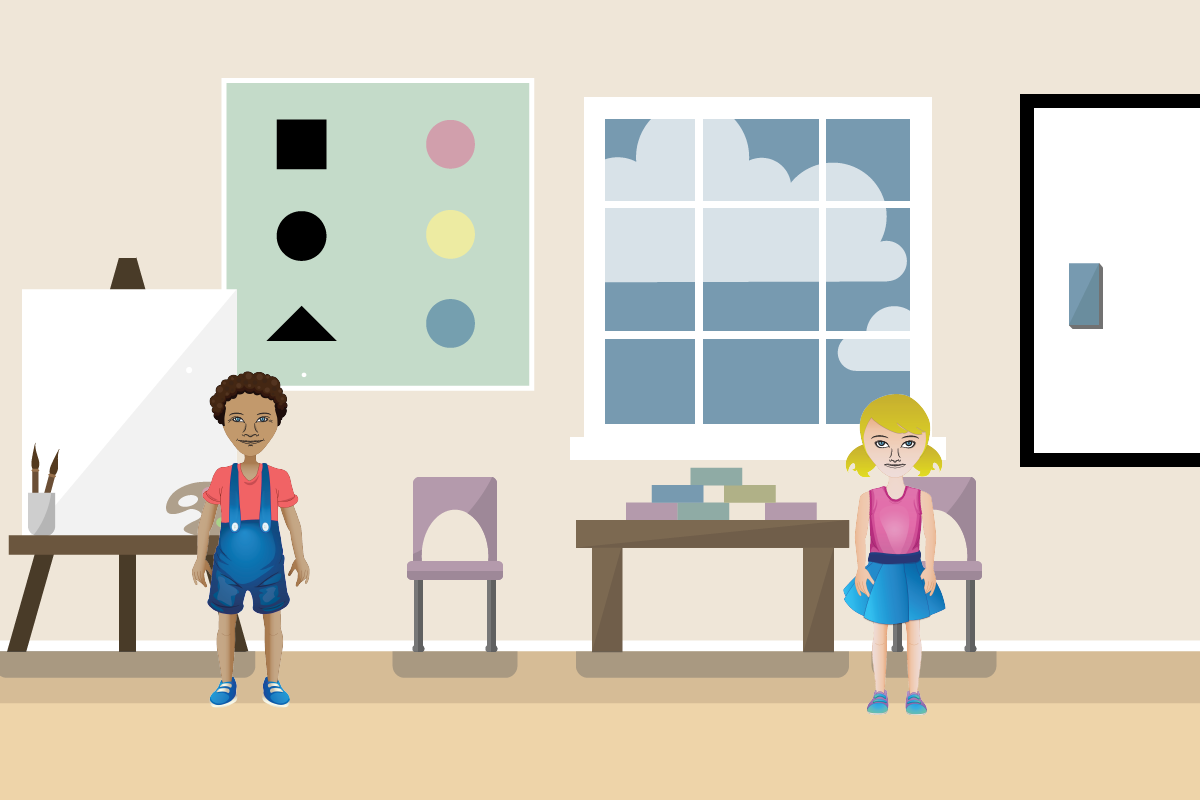
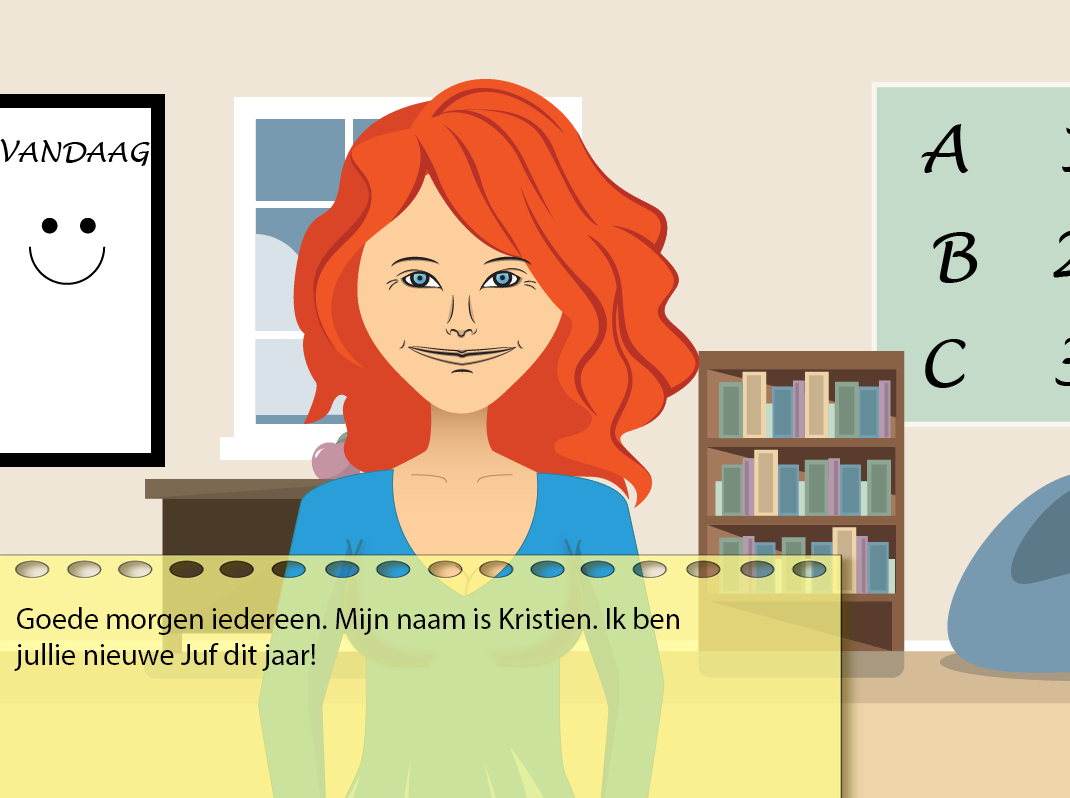
Card Game
Haunted Forest
Description
Haunted Forest was the very first project I worked on, created in a team of six. It’s a four-player, turn-based exploration card/board game with a strong focus on player interaction.
As a designer, I was primarily responsible for writing the rules and leading playtesting. The game was well received by playtesters from Indietopia and the Hanze University thanks to its refreshing movement/maze system and the competitiveness it encouraged.
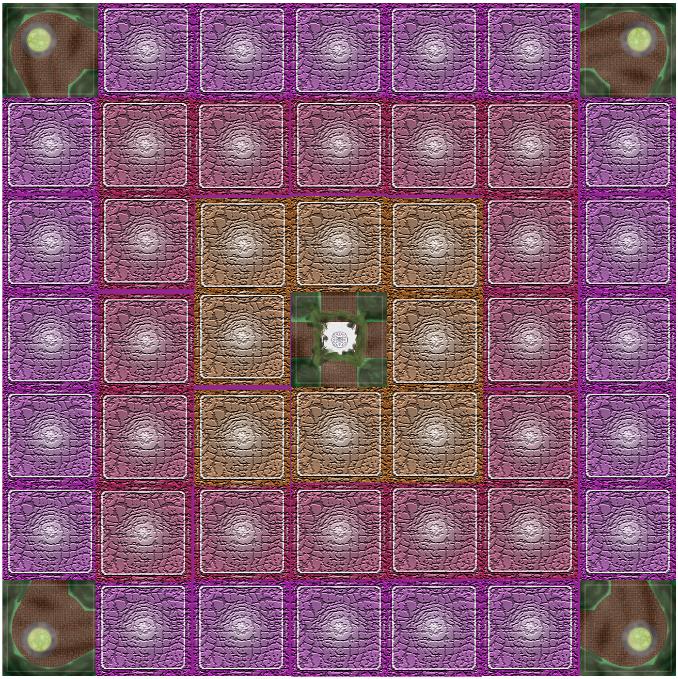
Premise
In Haunted Forest, four players compete to reach the center tile of the board, collect an ingredient, and return it to their own cauldron (spawn point) to win. Players create and modify paths using a tile-flipping mechanic while strategically managing and saving cards to outmaneuver opponents.
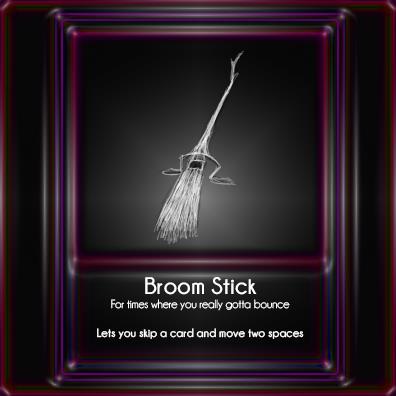
Platform
The game was designed for the casual board game market. Its simplicity gives it a low entry barrier, making it accessible and fun for both family and friends. At the same time, the tactical depth from tile-flipping, path-building, and strategic card use offers appeal to players who enjoy more strategic gameplay.
Response
Haunted Forest received very positive feedback at both school and during a local board game testing night at Indietopia. Playtesters highlighted its unique movement/maze system and the competitive atmosphere it created.
Vr game
Project Sõzo
Description
Sõzo is an entertainment/relaxation VR prototype built for the HTC Vive. In the game, players take the role of a “god” standing atop a planet, able to create creatures from a platform in space to populate it. The aim is to form a diverse but balanced ecosystem, though at this stage, the focus is on interacting with the planet and enjoying the creations—picking them up, watching them interact, or destroying them with god-like powers.
(download currently unavailable)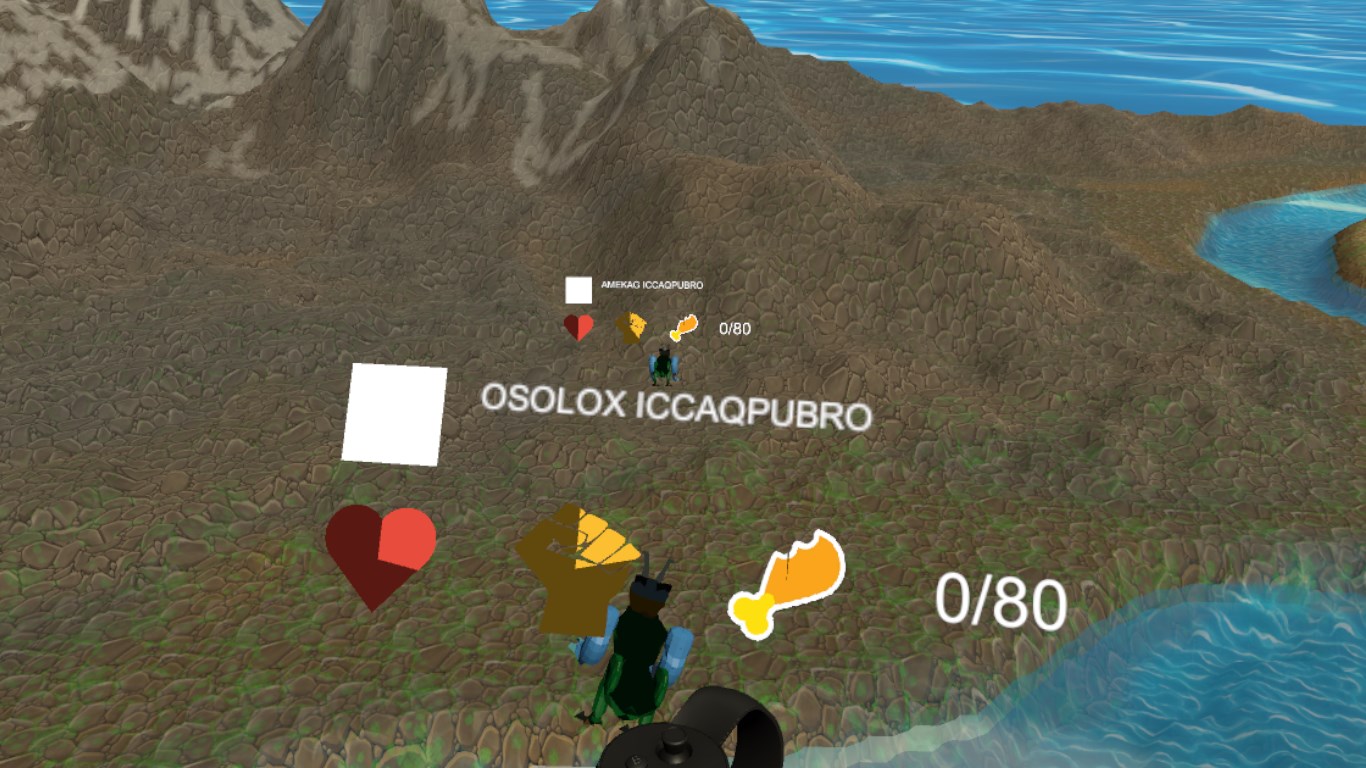
Creatures influence each other’s behavior; for example, herbivores attract carnivores that attempt to hunt them.
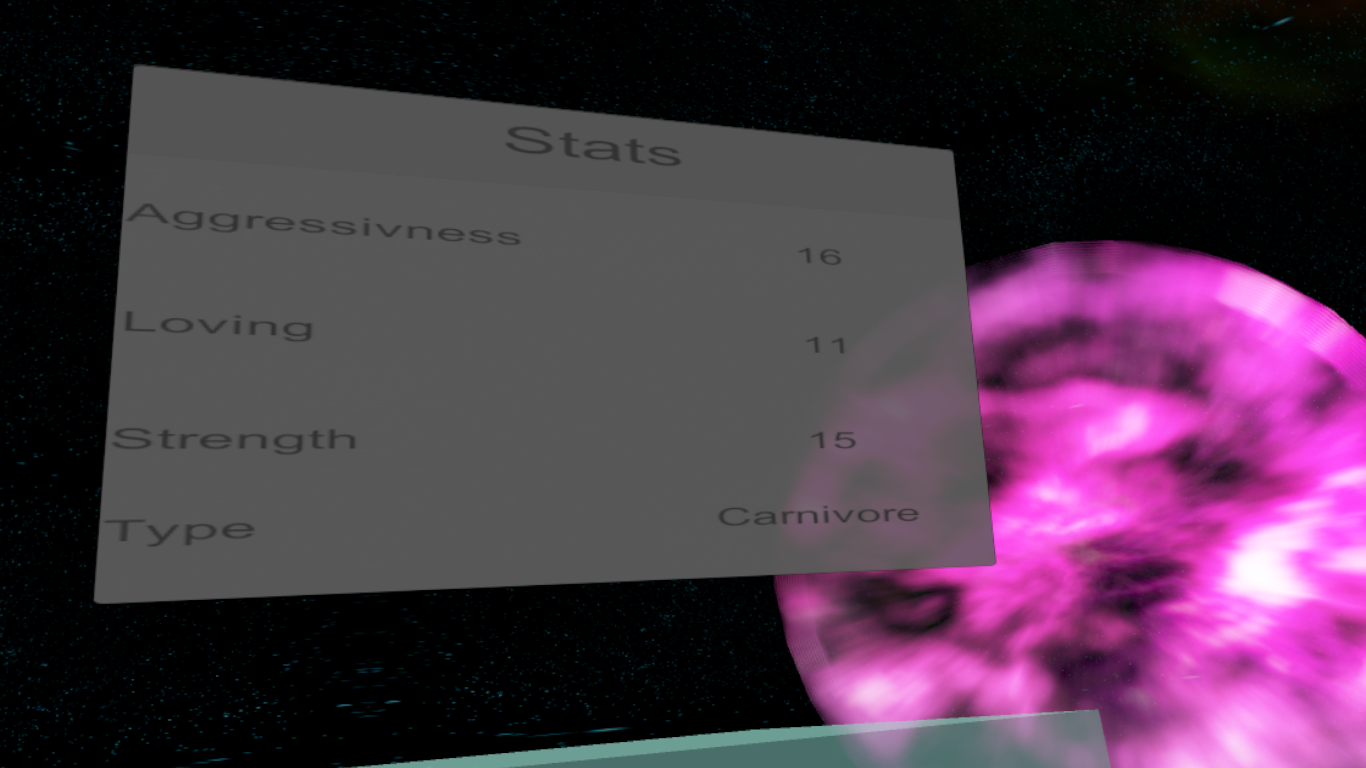
My role
As one of three designers in a seven-person team, I focused on integrating design elements directly into Unity, ensuring new features worked seamlessly within the game environment. I collaborated closely with programmers and artists to balance feature implementation with asset readiness, acting as a bridge between disciplines.
I led and organized public VR playtesting sessions, identifying usability issues unique to VR and working alongside programmers to refine interactions, controls, and overall player experience. This hands-on testing and iteration process gave me a sharper eye for the specific polish VR projects require to be playable and intuitive without constant developer guidance.
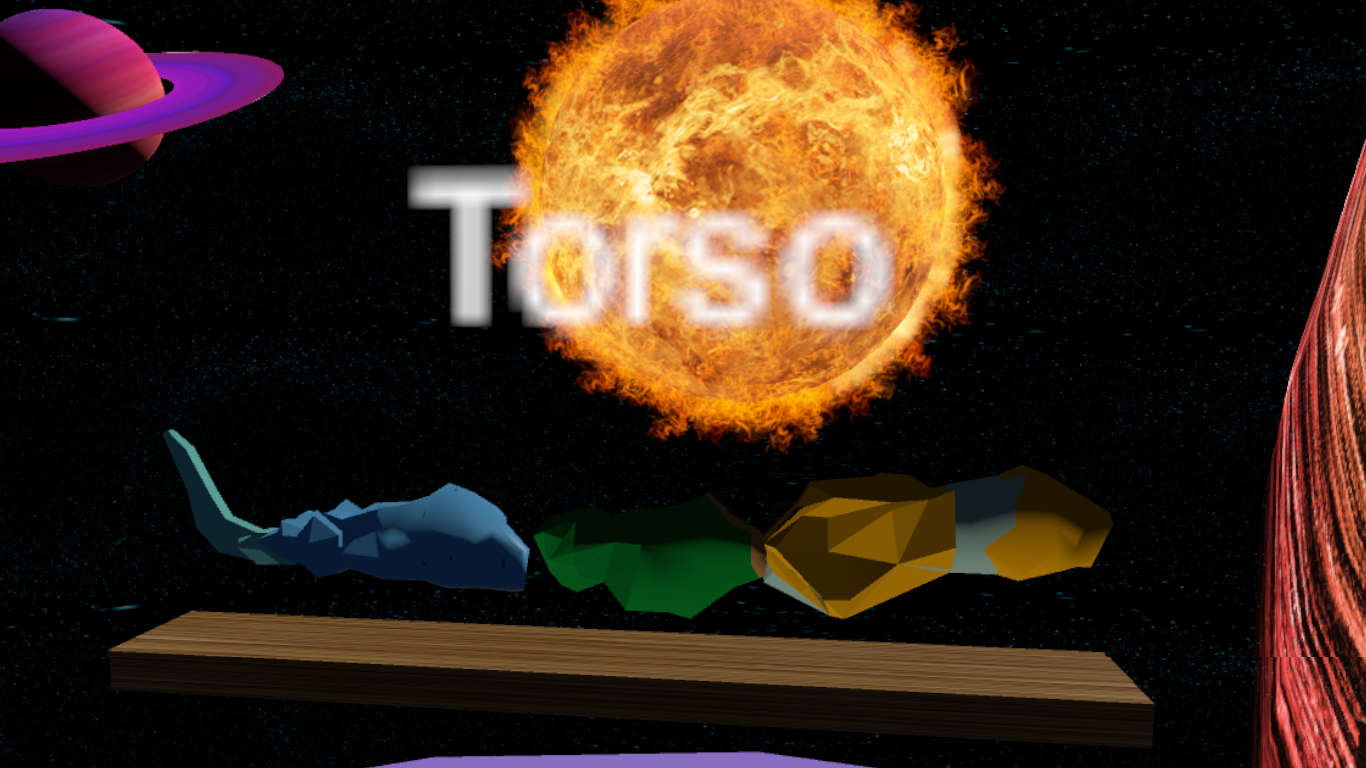
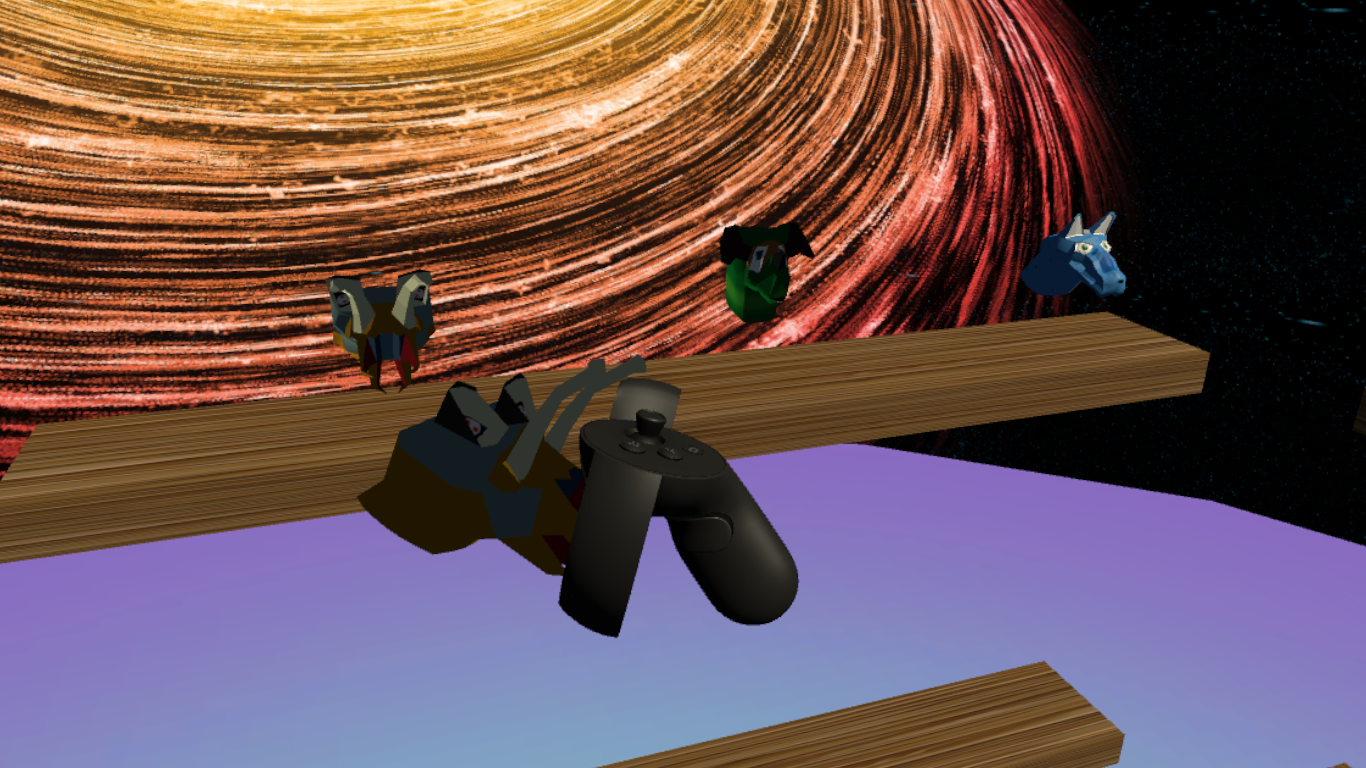
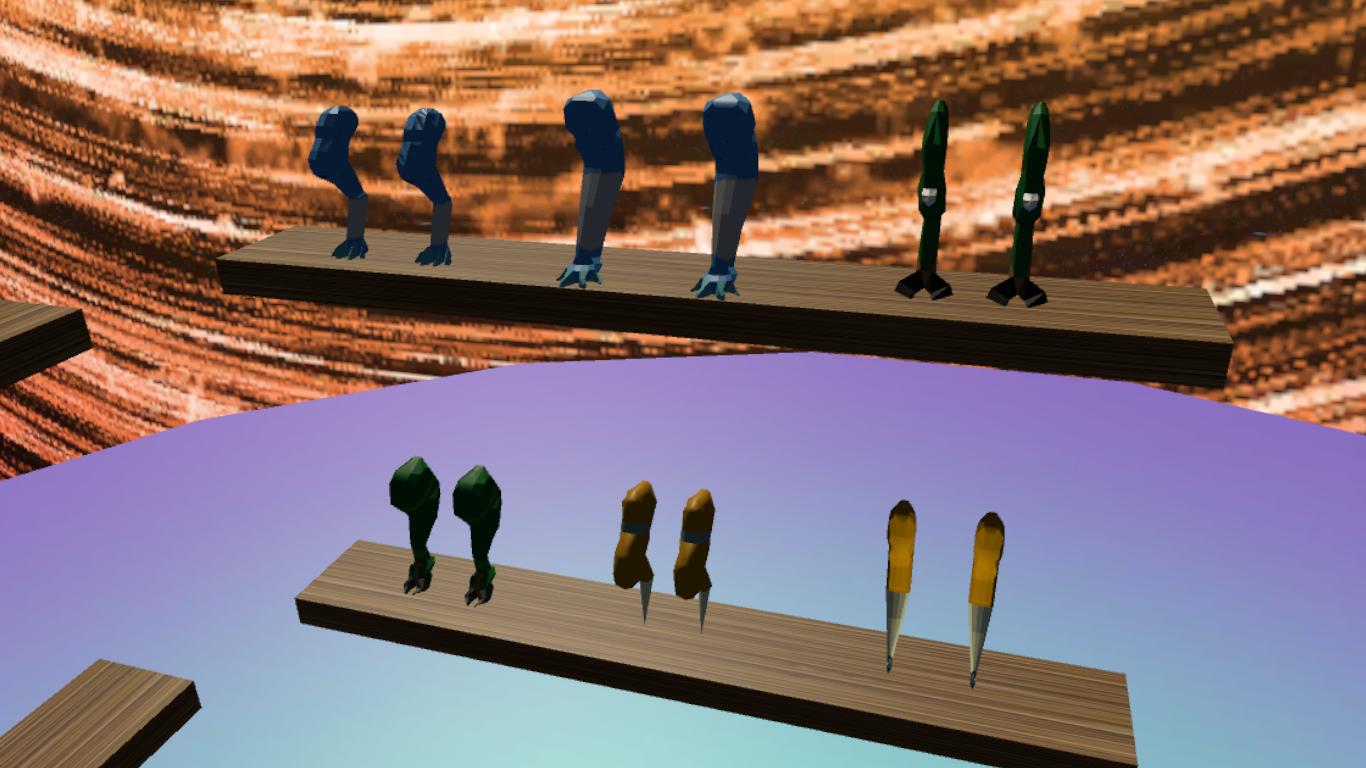
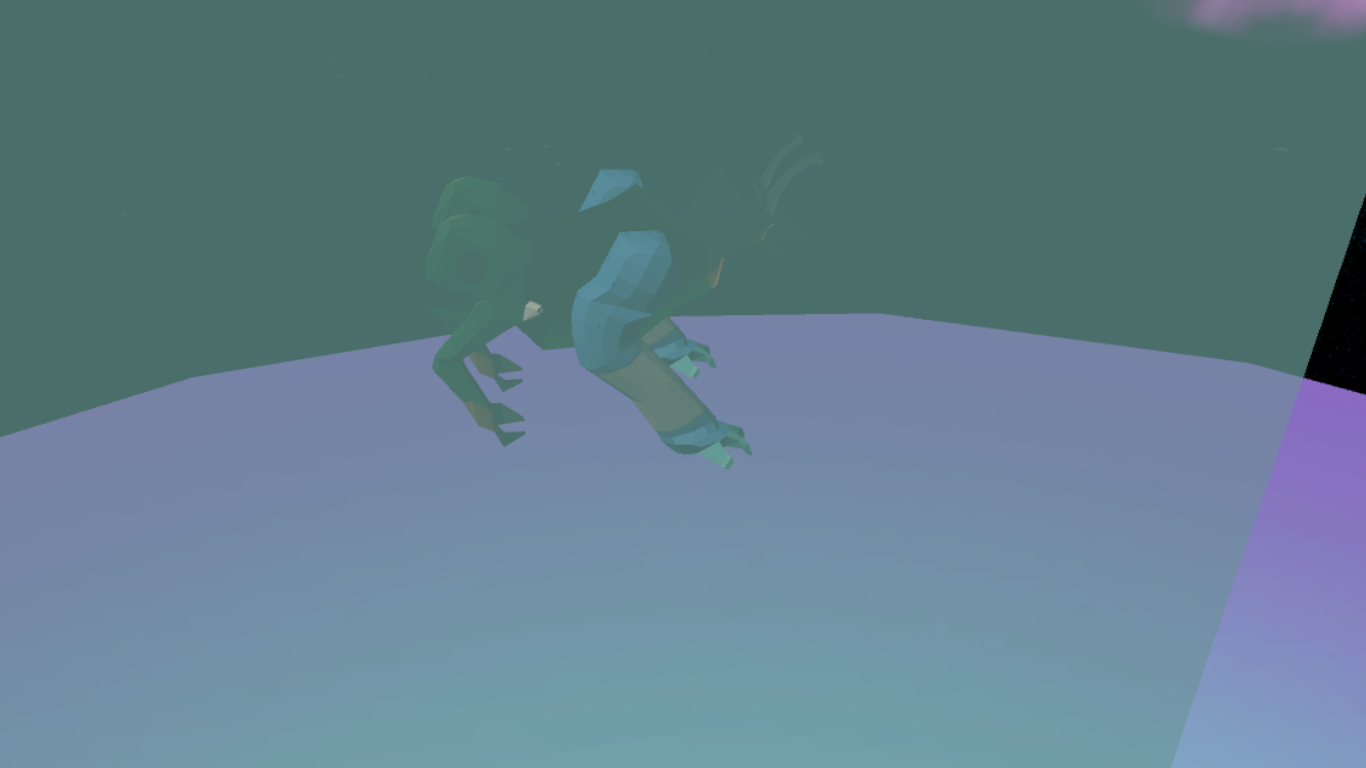
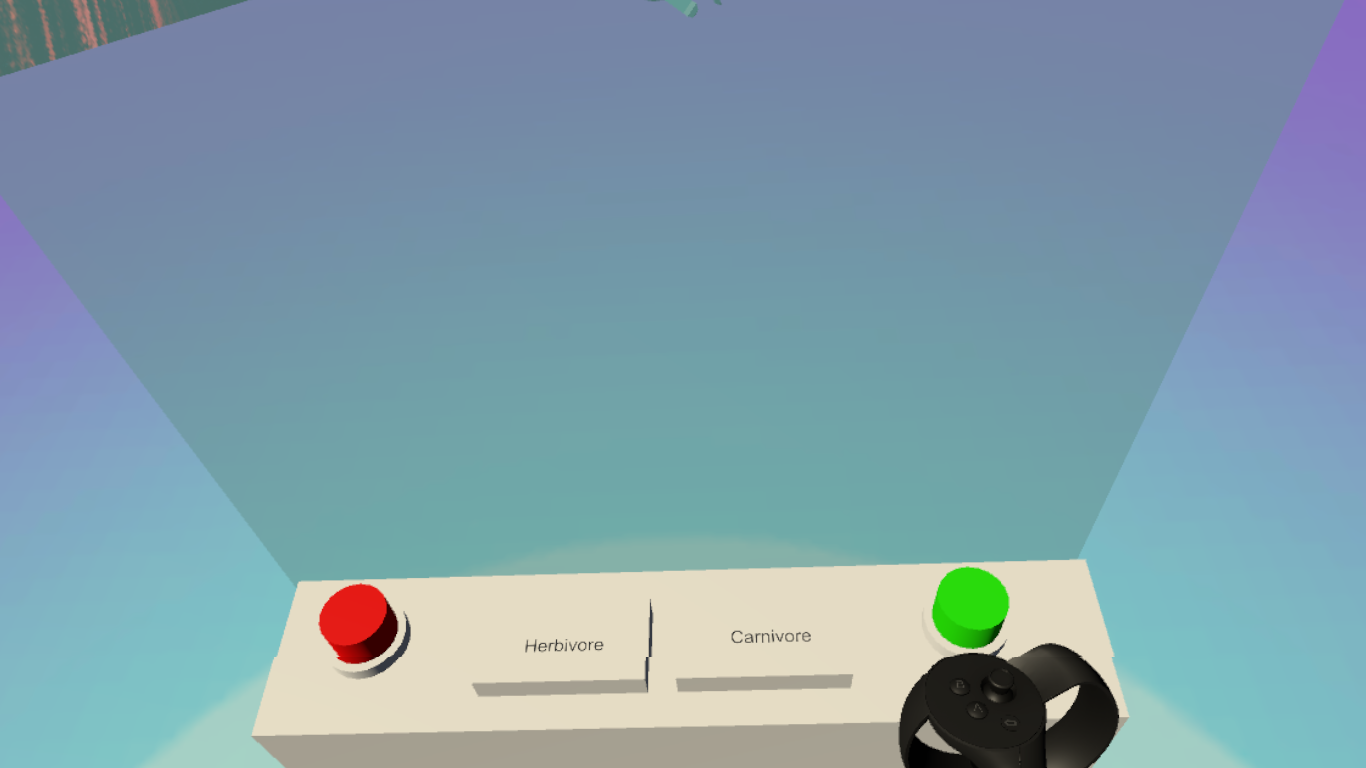
Global Game Jam 2017
Distress!
Distress! is a fast-paced 2D, four-player shooter created during a Game Jam with friends. Players form two teams, each aiming to destroy the opposing team’s base in chaotic, quick-fire matches.
Download PrototypeCore feature – Invisibility pulse
Players remain mostly invisible unless firing their weapon. A reactor at the center periodically emits pulses that briefly reveal everyone’s position. A faint outline ensures players can still track their own character if they focus—making visibility a key tactical element.
My Role – Level Design
I was responsible for the level design, which was also my first experience creating a 2D environment. My aim was to encourage constant action by offering multiple paths across the map and opportunities for rapid movement. Planned features included jump points, safe zones from the pulse, and elevator platforms—though some could not be implemented due to programming time constraints.
Audio commentary
We added a library of humorous audio clips triggered by in-game events like kills or deaths. These were recorded by participants at the game jam, adding personality and excitement to matches.
Xbox controls
The game supports Xbox 360 controllers only (no keyboard input), but is easy to pick up and a blast to play with four players on one screen.
3D Design & Blender Work
Working in Blender has become an important part of my design toolkit, allowing me to quickly create assets and environments that increase the fidelity of my prototypes. I’m passionate about using 3D tools to support gameplay, UX, and interaction design.
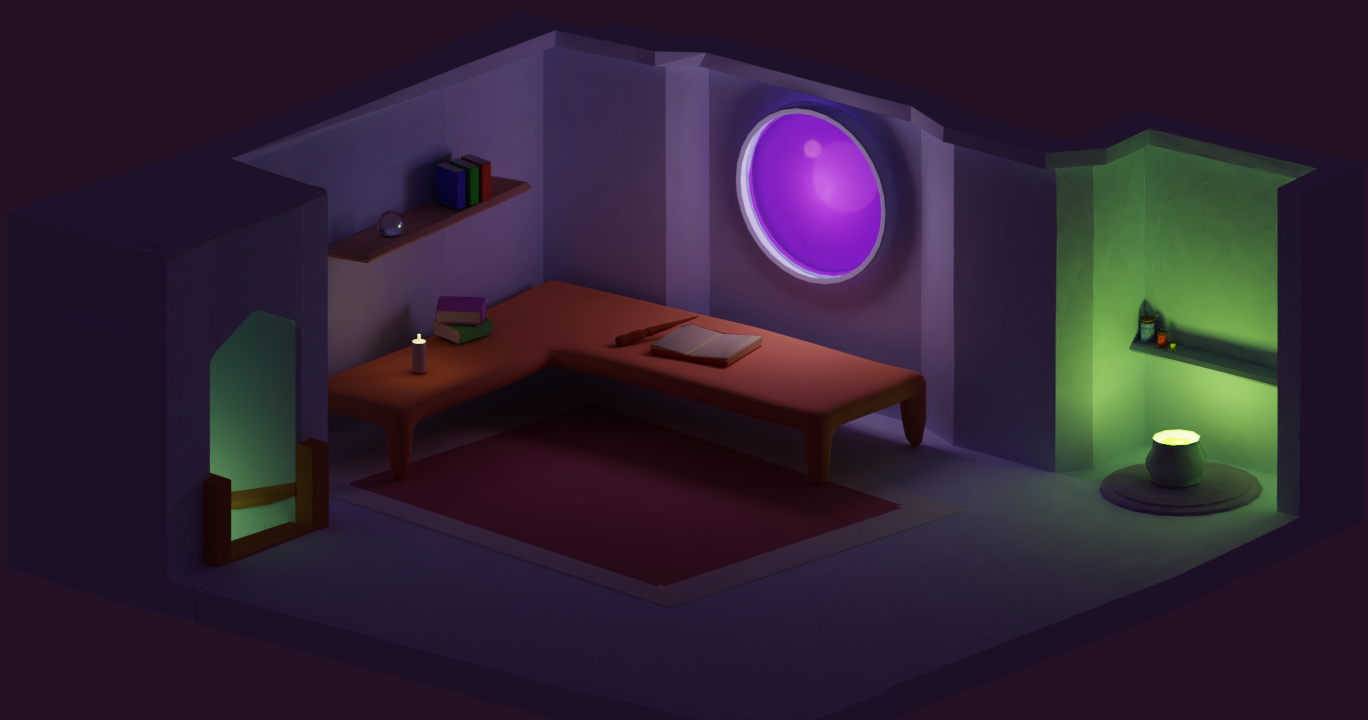
Internship “ByYourSite”
During my internship at ByYourSite, I primarily worked as a 3D modeller on a game for the Microsoft HoloLens. While I can’t share information about the game itself due to confidentiality, my work involved building 3D models in Blender, exporting them to Unity, and creating prefabs for the programming team. I also contributed to level prototyping and iterated on gameplay loops, while serving as Scrum Master to help coordinate the project. In addition, I created unrelated Blender scenes to demonstrate my workflow and style improvements at the time, an example of which is shown above.
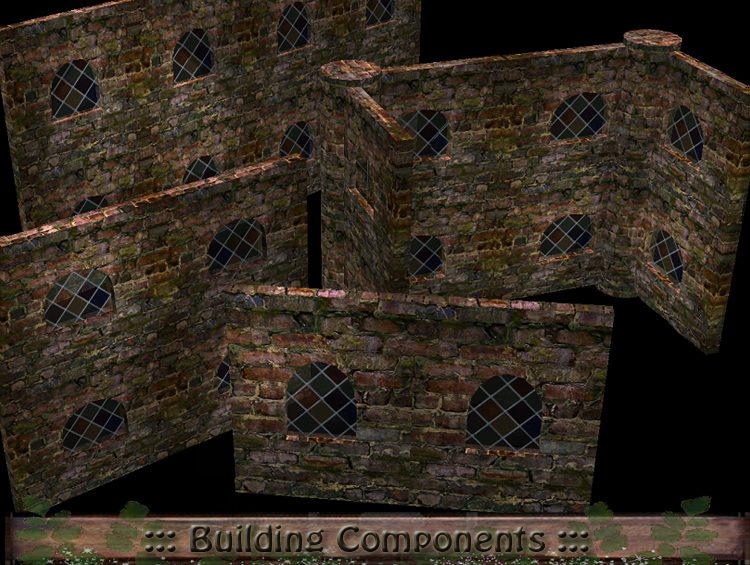
Client Work – Second Life Asset Creation
I provided paid 3D modelling and asset editing services for a client running a business in Second Life. This included editing and optimizing existing 3D models for performance and aesthetics, as well as creating custom models from scratch such as modular wall sets, which were then prepared for upload to the Second Life Viewer.

Skills & Capabilities
Through both professional and personal work, I’ve become confident in Blender for modelling, texturing, rendering, rigging, and basic animation. I have experience preparing assets for Unity and Second Life Viewer, and I understand the workflows needed to integrate 3D assets effectively into interactive environments.
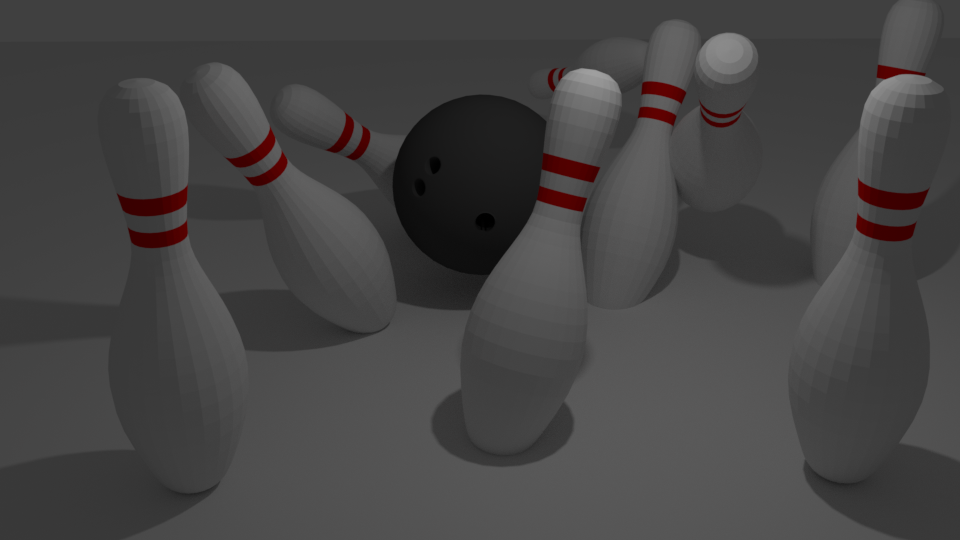
Not exactly sure how the ball could have rolled in without those pins falling, but hey I made a bowling ball and pins!
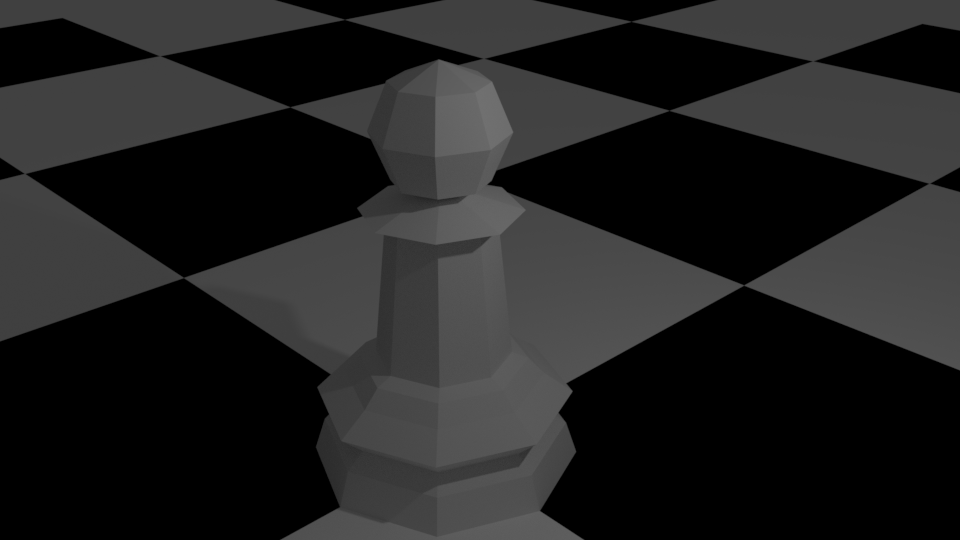
I thought it would be fun to start working on a chess set.
Bonus works
Outside of client and internship work, I enjoy experimenting with Blender to create models for fun or to test new techniques. These include custom props, environmental models, and a fully rigged and animated dog model created entirely from scratch.
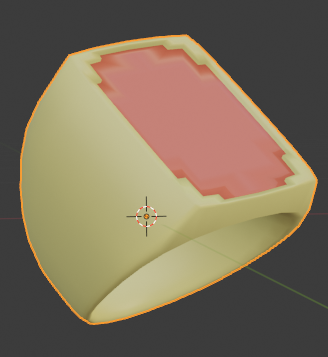
I was playing around with creating Jewelry. I like the old school look of this one. As if it comes straight from a game like Runescape.
About me
I’m a video game developer with a focus on game design and project management, combining a passion for good design, critical thinking, and creativity. In many projects, I’ve taken on the role of Scrum Master, guiding teams through complex challenges, fostering collaboration, and ensuring smooth workflows.
My work often centers on mechanics and level design, supported by hands-on skills in Unity, 3D modelling in Blender, and basic C# scripting for rapid prototyping. I also have experience in user research and playtesting, working closely with target audiences to refine gameplay, improve usability, and ensure designs deliver meaningful player experiences. I enjoy creating projects that balance creative vision with practical execution.
